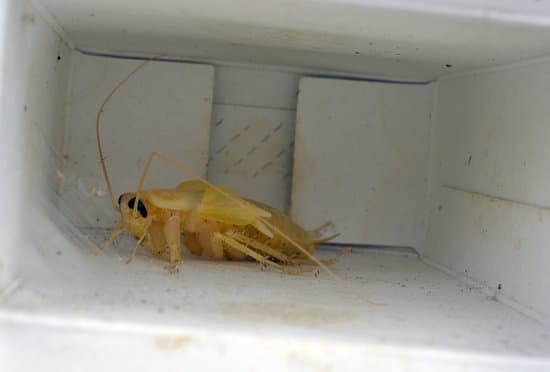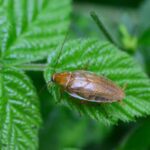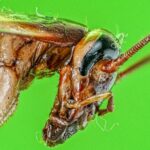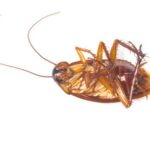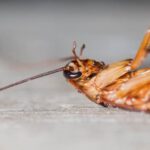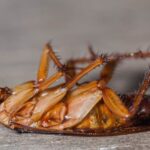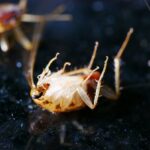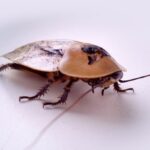Cockroach Leg Structures
Cockroach legs have dome-shaped structures called campaniform organs. These are innervated by a single bipolar neuron and function as an exoskeleton. When the cockroach stretches or bends its legs, its campaniform organs produce large action potentials.
Cockroach legs are composed of three parts, the upper part of which is the coxa. This part is connected to the femur by the trochanter, and the lower portion is called the tibia. Cockroach legs are missing a fibula, but their leg structure makes them able to walk.
Cockroaches have mechanoreceptors that sense touch and other vibrations. These sensory nerves also detect orientation and acceleration. In addition, they can detect changes in joint positions. The mechanoreceptors respond to physical distortions by triggering changes in membrane conductance. This action, in turn, generates a change in electrical potentials in sensory neurons.
The femoral campaniform sensilla (FCS) are located on the posterior surface of the femur. These caps have rounded or dorsal shapes. They are located 200-500 microns distal to the trochanter-femur joint.
Cockroaches can have six legs. Some of them have the ability to regenerate their lost legs. They also have a mechanism that helps them adjust their speed.
